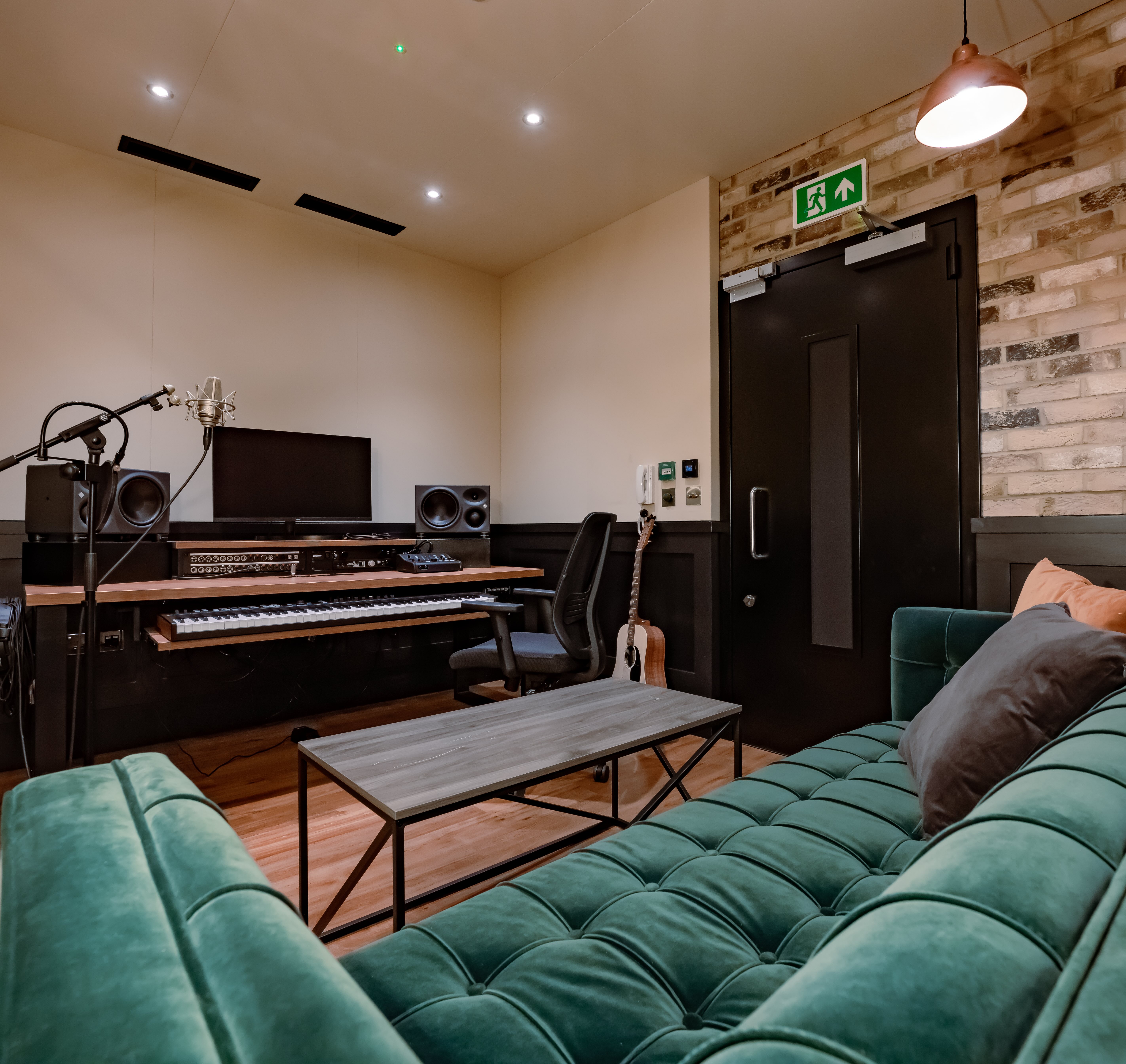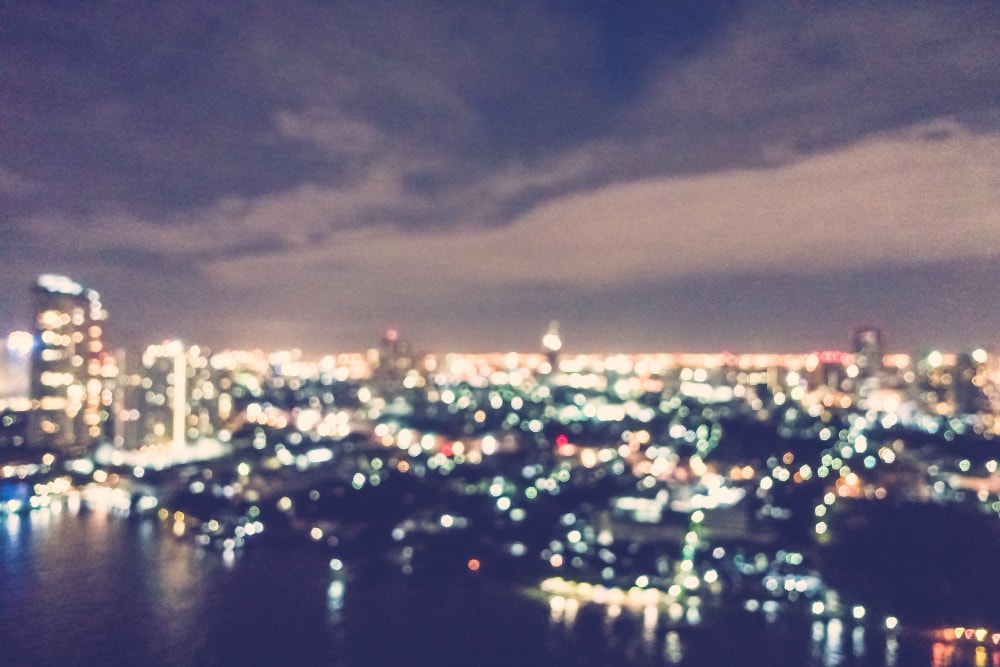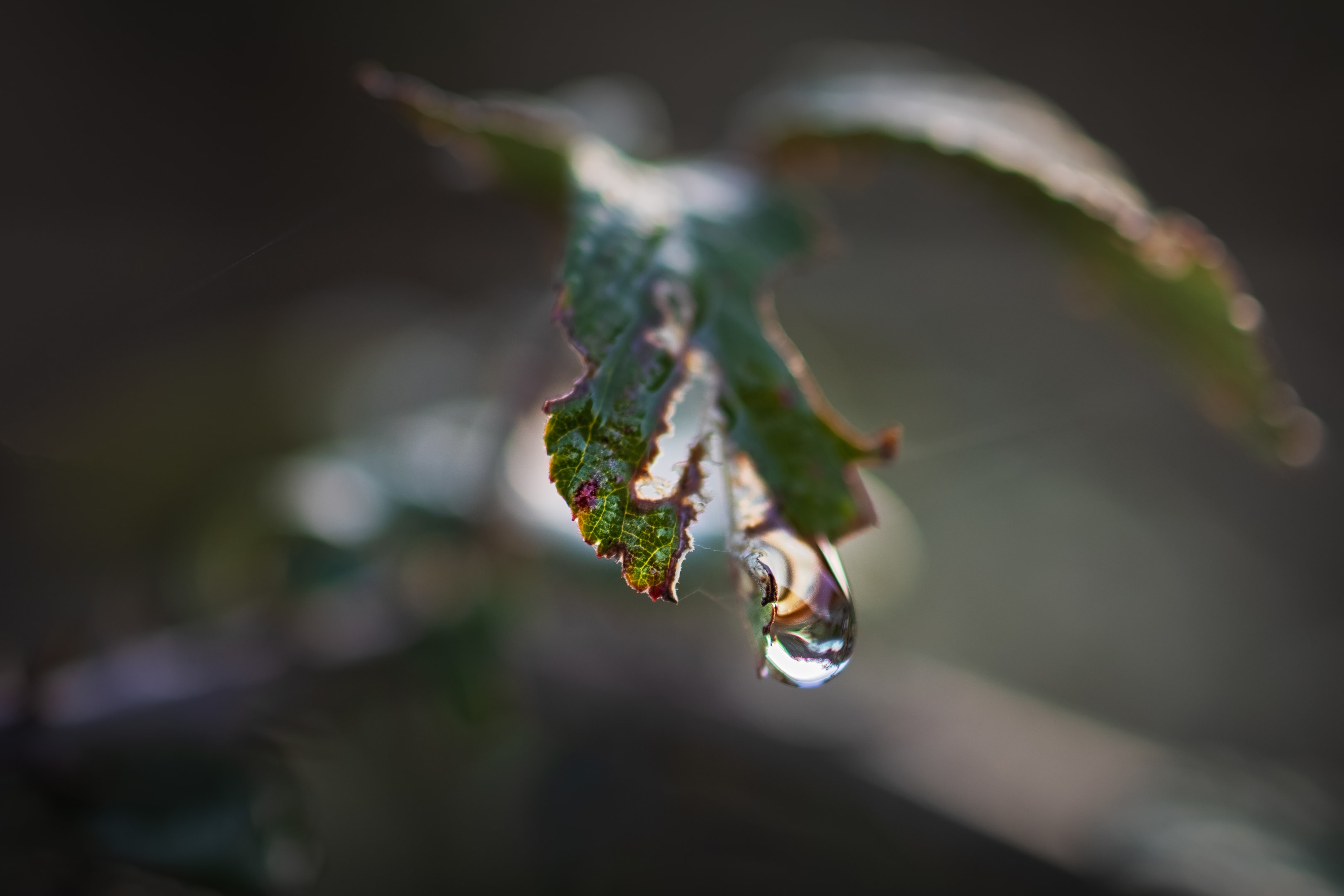Guide to High Key Lighting Photography
High key lighting is the clean, airy look you get when soft light fills the frame and shadows almost disappear. Aim for a 1:1 to 2:1 ratio between key and fill, and light the background until it reads near pure white. It’s the go to for beauty, product, and upbeat portrait work.
We shoot high-key regularly in our London photography studios, and this guide shares the exact ratios, placements and checks we use for clean, consistent results. Independent guidance, no affiliate links, no paid placements, written by working photographers
What is high key photography?
High-key photography creates bright, low-contrast images using soft, even light and a light background so shadows are minimal. Practically, keep the key-to-fill ratio low, around 1:1 to 2:1, and light the background to near white without clipping the subject. It is common in portrait, fashion and product work when you want a clean, airy look.
Understanding the lighting ratio

Image by Kyle Brown 381
In photography, the lighting ratio is the brightness difference between lit areas and their shadows. Think in stops, each stop halves or doubles the light. Zero-stop difference is 1:1 and very low contrast; one stop is 2:1 and still gentle; two stops is 4:1 and noticeably contrasty. In high-key setups, aim for about 1:1 to 2:1 at the face.
For example, if the key meters at f/4 and the fill also reads f/4, that is 1:1. Lower the fill by roughly one stop, around f/2.8 and two-thirds, and you are near 2:1. The result is softened shadows and a bright, even look without clipping highlights.
What's the difference between high key and low key lighting?
High key softens contrast and tucks shadows away for a bright, open feel. Low key deepens contrast and lets shadows carry the mood. Think of them as complementary ends of a spectrum, you can blend to taste.

High key versus low key at a glance
Reviewed 7 November 2025
High-key lighting washes away dark shadows, creating a sense of clarity and cheerfulness. Think vibrant commercials or lighthearted comedies where every corner is illuminated with a warm glow.
This lighting technique wraps its subjects in a blanket of brightness, creating an atmosphere of positivity and optimism.
In stark contrast (pun intended), low-key lighting is where darkness reigns supreme. Here, dramatic shafts of light carve out shapes and silhouettes with cinematic precision. Low-key lighting thrives on high contrast and low key images. It plays with light and dark shadows to evoke emotions of tension, mystery, or even fear.
Each adds signature depth and richness to the visual storytelling experience.
How to achieve high key lighting

To set up high key lighting, you must consider several key factors that impact how light interacts with your subject. Follow this detailed guide to create the right bright lighting setup:
Choose a light background
Begin with a white or very light-coloured background. This reflects light effectively, contributing to the overall brightness and reducing shadows.
Use multiple light sources
High key lighting typically requires more than one light source to evenly illuminate the subject and minimise shadows. Position your main light (or high key portrait light) directly facing the subject to ensure they're well-lit. Add fill lights on either side to soften any shadows created by the key light.
Adjust the intensity of your lights

Ensure your fill light is slightly less intense than your key light but still strong enough to reduce contrast and soften shadows. This balance is crucial for achieving the desired high key effect.
Minimise shadows
Position your lights to ensure that shadows are either very soft or non-existent. You may need to adjust the angle and intensity of your lights several times to get this right. Using soft-boxes or diffusers on your lights can help spread the light more evenly and reduce shadow formation.
Control the exposure
Overexposing slightly can help brighten up the entire image and reduce the visibility of any remaining shadows. Meter the background roughly +0.5 to +1 stop brighter than the face so it reads near white, while keeping subject highlights unclipped.
With flash, keep shutter at or below sync and expose with aperture and flash power. With continuous light, balance shutter, aperture and ISO, raising ISO sparingly.
Refine with reflectors
Reflectors bounce light back onto the subject or into shadow areas. Place reflectors strategically to ensure light is distributed as evenly as possible.
By carefully managing these elements, you can create a beautifully lit high key scene. This highlights your subject with minimal distractions from shadows or dark areas.
High key lighting ratios at a glance
Reviewed 7 November 2025
Creative applications of high key photography
High key photography isn't limited to studio settings. It's also widely used in portrait, fashion, and product photography to create a clean and contemporary look. Here are some creative ways you can apply high key lighting to enhance your photography projects:
Portrait photography

This lighting approach is excellent for portraits because it helps to eliminate harsh shadows on the face. It brings a soft and gentle quality to the photographs. This makes it ideal for baby portraits or beauty shots, highlighting smooth skin and bright eyes.
Fashion photography

In fashion shoots, a bright lighting setup conveys a sense of sophistication, joy, and purity. It works well to showcase clothing details and gives the images a fresh, vibrant feel. Using high key light setups helps eliminate distractions from the background. This ensures the focus remains on the attire and the model.
Product photography

High key images are often used in product photography to make the product stand out with a clean and minimal aesthetic. This is effective for online stores and promotional materials where clarity and appeal are paramount.
Artistic photography
For those looking to experiment creatively, the high key style of photography can be a tool to abstract subjects or to convey certain emotions. High key images often have a dreamy, ethereal quality that can evoke feelings of peace and serenity.
Nature and wildlife photography

High key portrait photography techniques are often applied outdoors, particularly in snowy landscapes or bright daylight scenarios where natural light is abundant. This approach can transform an ordinary scene into a striking high key image that feels otherworldly.
5 composition techniques for high key photography
Now we've covered some basics, let’s explore some advanced composition techniques. With practice, these can help elevate your images from good to great high key shots:
1. Isolate the subject
Isolating your subject against a bright background is crucial. Use a shallow depth of field by adjusting your camera to a wider aperture. This technique blurs the background and focuses attention on the subject, making it stand out amidst the light tones.
2. Utilise background lights
Strategically position background lights to maintain a completely white background without any gradients or shadows. This reduces post-processing work to achieve uniform brightness.
3. Manual mode for precise control
Use manual mode on your camera settings to adjust your shutter speed, aperture, and ISO. Faster shutter speeds can help manage the amount of light entering the lens (especially useful in brightly lit environments). Additionally, a higher ISO can compensate for lower light without compromising the high key aesthetic.
4. Post processing for high key effects
In your post-processing workflow, focus on increasing exposure, lifting shadows, and decreasing highlights where necessary. Tools like curves and levels in photo editing software can help fine-tune the high key effect. This ensures your images have minimal shadows and soft, light tones.
5. Explore low key contrasts
This can add depth and drama to an otherwise flat high key photo, offering a dynamic range that can make your images more compelling.
What equipment do you need for a high key lighting setup?
You can create high key with window light, a reflector, and careful metering. For consistent, repeatable results, use either strobes or continuous LEDs, plus large modifiers and simple grip to control spill.
If using strobes
- Key light, 300 to 600 Ws head with a large softbox or umbrella, about 120 cm.
- Fill, reflector or a second head set 0 to 1 stop below the key.
- Background, two 200 to 400 Ws heads aimed at the backdrop, flagged to avoid flare, meter the background about +0.5 to +1 stop over the subject highlights.
If using continuous LEDs
- Key light, 150 W or higher COB LED with a large softbox.
- Fill, reflector or a second LED dimmed for a 1:1 to 2:1 face ratio.
- Background, two broad sources or bounced light to make the backdrop read near white, aim for background readings about +0.5 to +1 stop over the subject highlights.
Modifiers and grip
- 120 cm softbox or 5 ft umbrella, plus diffusion or scrim for softness.
- V flats or flags to control spill.
- Sturdy light stands, a boom for hair or rim if needed.
- Incident light meter and a grey card to confirm exposure.
Example picks, accurate notes
- Key light, Godox SL-60W, daylight 5600 K, brightness adjustable, colour temperature fixed.
- Fill panel, Neewer 660 bi colour LED, dimmable, use at low contrast settings.
- Background, use two broad sources, for small accents an Aputure AL MC works, but it is too small to light a whole background evenly.
Studio option
- An infinity cove (like we have at our photo studios) makes background spill control easier, but it is optional. Two lights on seamless paper can get you the same look.
High key kit, model examples and where to buy
Reviewed 7 November, no affiliate links, retailers shown for convenience.
High key lighting quick checklist
TYX Photography studio in London

Bring your high-key ideas to life at our world-class photography studios. Located in the heart of London, take advantage of four Profoto D2 1000s, a full set of modifiers, a 4×5m infinity cove, and a 7m run to the Colorama, plus on-site experts, pro photo services, and relaxed lounges when you need a breather.
Get started with TYX today
Frequently Asked Questions
High key lighting creates a bright, cheerful atmosphere. It's often used for genres like comedies, commercials, or upbeat scenes in films. It can convey a sense of positivity, lightness, and optimism or upbeat mood.
Annie Leibovitz, Richard Avedon, and Irving Penn all use high key lighting. They've employed this technique to capture striking portraits and fashion images with a clean, bright aesthetic.
Our photography services start at £150 per session, with pricing tailored to the type of shoot and any additional requirements. Contact us for a personalised quote.
Use high key when you want a bright, low-contrast look with minimal shadows, e.g. clean portraits, beauty, fashion, or upbeat product shots. Choose low key for dramatic contrast and deep shadows to convey mood or tension, common in editorial portraits and cinematic scenes.
High key excels where you want clarity and a positive feel, such as portraits, fashion, e-commerce and product imagery, because the bright background and generous fill reduce distractions and keep tones light. It can also suit lifestyle or commercial work that needs an airy, optimistic mood.
It is not a technical exposure rule. Popularised by photographer Paul Nicklen, it is a time and creativity split for a shoot, roughly 20 percent safe shots, 60 percent experimentation, 20 percent bold risks. Variants exist, but the spirit is balancing reliability with exploration.
About +0.5 to +1 stop brighter than the subject so it reads near white, protect skin highlights, tidy to pure white in post only where needed.
Aim for 1:1 to 2:1 at the face. 1:1 is the cleanest, 2:1 adds slight contour while staying low contrast.


















